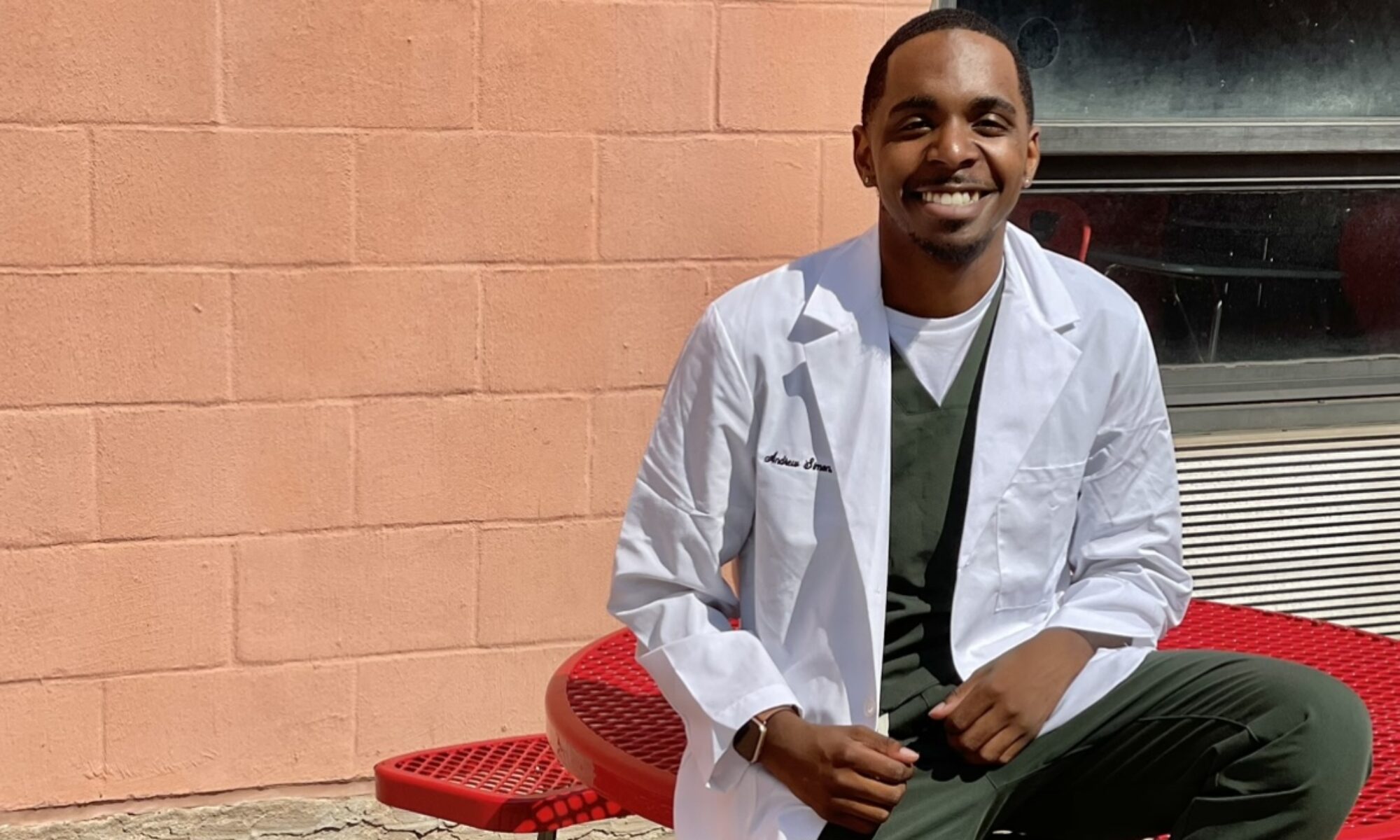PDF: OSCE
25 y/o F presents with abdominal pain x 2 days.
History Elements
- Pain is sharp and constant
- Rates pain 9/10
- Aleve helps pain but only for “a couple of Hours”
- Pt notes hx of voluntary abortion by “medication pill” at 19 years old.
- Pt denies radiation of pain
- Pt denies previous significant medical history
- Pt notes nausea x 1 day that started this morning
- Pt denies hx of STI’s
- Pt has 1 sexual partner and the last sexual encounter 1 week ago
- Pt denies vaginal discharge, dysuria, hematuria or polyuria
- Pt occasionally uses condoms but not all of the time
- Pt denies fever
- Denies hx of similar sx
- Denies vomiting or diarrhea
- Denies vaginal lesions
- LMP 6 weeks ago, normally every 28 days, 5-7. Days of bleeding, usually a normal amount of blood
- Pt denies any medical hx and denies taking medications on a daily basis
- Denies allergies to medications
- Denies history of any surgeries.
Physical Exam
Vital signs – HR:80, BP: 118/72. R: 18, T: 98.4
General – Appropriately dressed, appearing of stated age, and appearing in general good health in acute distress. Pt is alert and oriented x 3
Abdominal Exam: Active bowel sounds, tenderness along RLQ with guarding so you are not able to palpate well enough to feel a mass
GU: trace amounts of scant brown vaginal blood, and positive for cervical motion tenderness
Differential Diagnosis
- Ectopic pregnancy – patient notes unilateral abdominal pain, with an LMP is over 5 weeks.
- Ectopic pregnancy (rupture) – patient has blood on vaginal exam. However the patient has stable vitals so this may be unlikely or just the beginning of a rupture.
- Spontaneous abortion – LMP over 5 weeks ago. Patient notes she uses condoms occasionally. Patient has blood on pelvic exam
Tests
-Urine beta Hcg – 2,500. (In normal pregnancy, Hbcg should double in 48 hours. If not, this supports a diagnosis for an abnormal pregnancy. )
-Abdominal Ultrasound – no blood visualized in abdominal cavity
-Transvaginal ultrasound – 2 cm mass visualized on the right fallopian tube.
Treatment
Intramuscular Methotrexate therapy – This is chosen over surgery if the patient’s bhcg is under 5000 and there is no fetal cardiac activity on transvaginal ultrasound. It is also recommended if a patient is willing to have close follow up and able to go to hospital in case of tubal rupture.
(must order CBC, ALT and AST, and type and screen before administration of methotrexate)
Patient Counseling
- Instruct patients to avoid intercourse until HcG level is undetectable.
- Avoid sun exposure to limit risk of methotrexate dermatitis. Avoid vitamins with folic acid. Inform patients of sx they may experience that are expected of methotrexate such as abdominal pain. Tylenol can be used in this case.
- Advise pt against conceiving for 3 months and inform that research shows methotrexate should not affect future pregnancy
- Advise pt to be wary for abnormal bleeding to which may indicate tubal rupture.
- Patients must be advised to have a close follow up with OB/GYN to monitor for any symptoms that indicate tubal rupture or complications from methotrexate.


